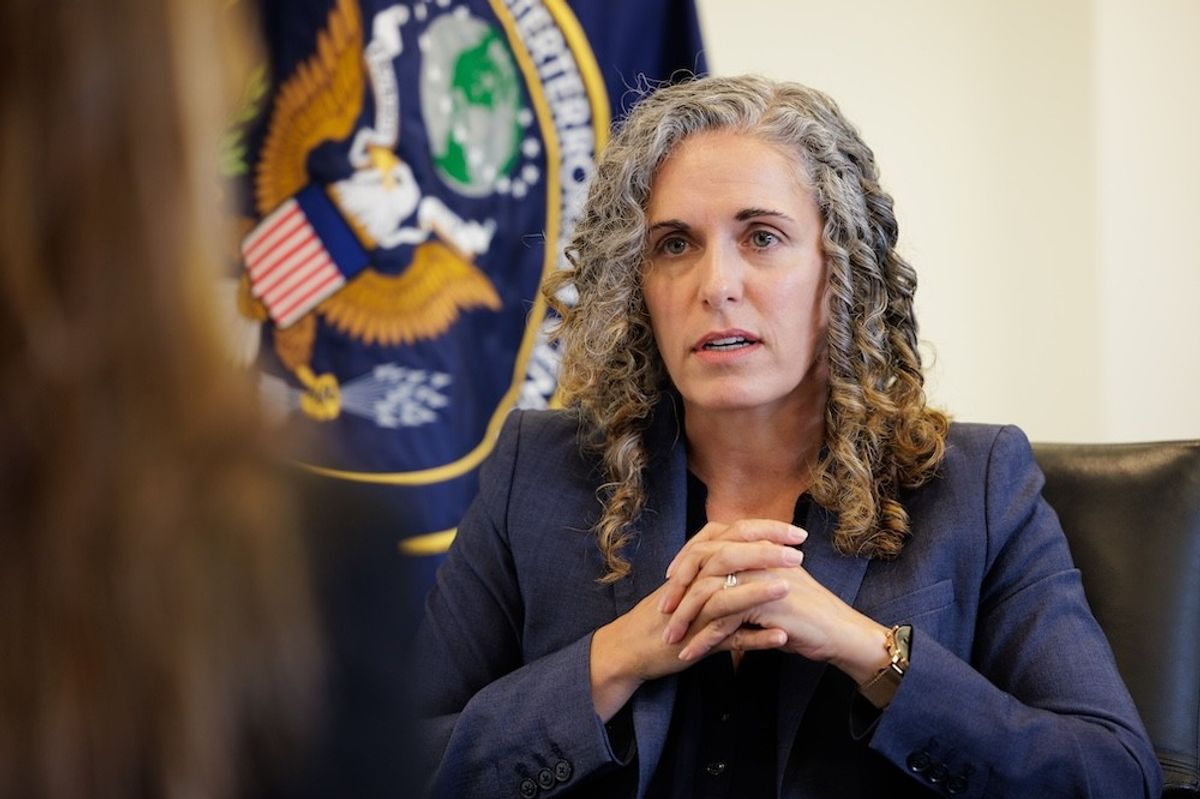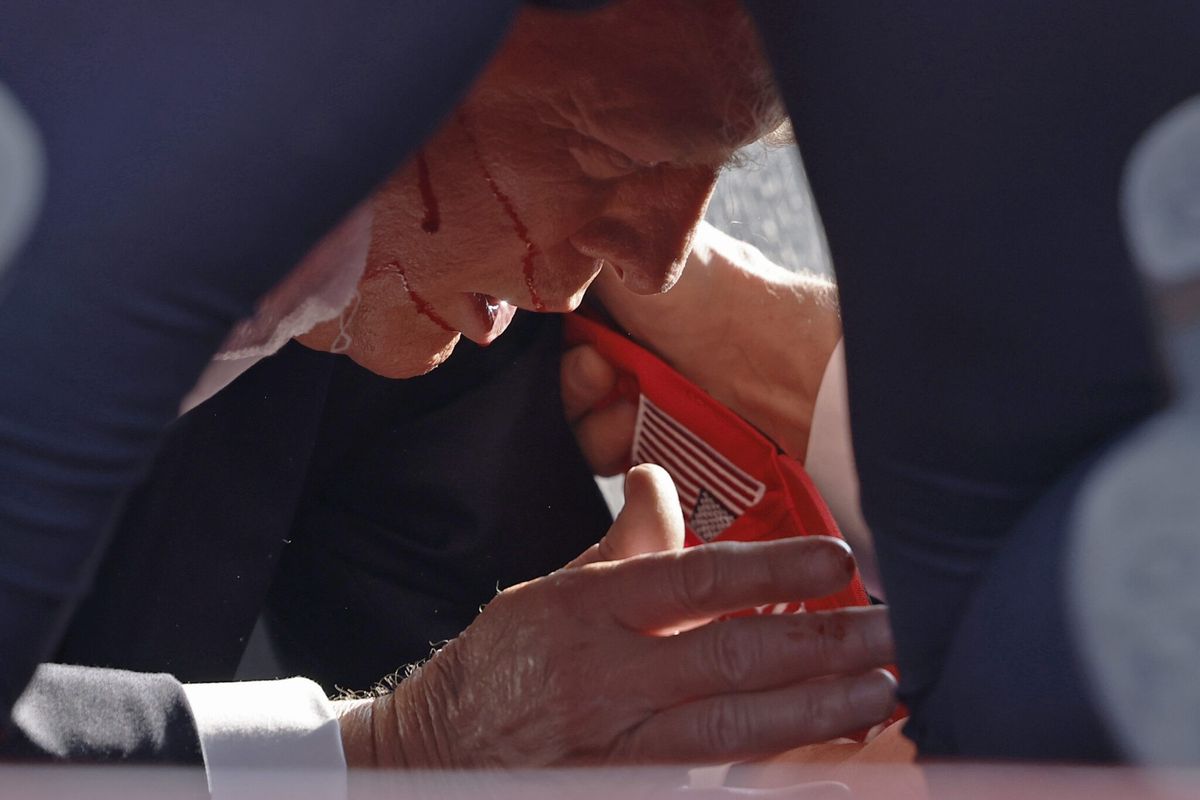Recent security incidents around the world have business and recreational travelers paying more attention to personal security risks. The concept of greater situational awareness continues to come up as a way to mitigate risks. Unfortunately, few people understand what “situational awareness” means and how to improve this skill.
Situational awareness is more than just watching what is going on around you. It is the ability to observe and analyze actions in your environment and comprehend how they can affect you. It is asking “what if?” questions and reacting appropriately to any perceived threat. Situational awareness is a natural survival instinct that can be honed to give businesses and individuals the foresight to act and react prior to, or during, an incident in ways that will significantly diminish personal risks.
Human beings are creatures of habit, and most individuals and companies based in safe countries tend to behave under the assumption of safety when operating and traveling overseas. However, both human and organizational behavior varies greatly from one country to another. Furthermore, a security incident can happen anywhere, anytime, to anyone—regardless of location. The biggest mistake businesses and individuals make is acting under the belief that they will not become victims of security incidents because they live or operate in safe countries.
Businesses have a duty to ensure the safety of employees sent abroad; they must have an understanding of geopolitical, internal security, and regular crime risks in each area of operations before sending their employees out. Businesses should also provide travel safety briefs and training to overseas travel personnel, and awareness briefings on workplace violence in their home countries. All businesses that operate in high-risk environments should have a crisis management plan, and where appropriate, a special risk insurance policy in place.
Individual travelers, whether for business or pleasure, should take a bit of time to read up on the current security environment of the country and city they plan on visiting. The objective is to be aware of and alert for local risks, whether those are health and safety concerns, or serious political violence risks.
Another grave mistake travelers make is to become complacent because of extensive travel experience. It is important to remember that no matter how experienced a traveler becomes, to the local criminal, a traveler will always be a foreigner and potentially an easy target.
In the event of being targeted or getting caught up in a security incident, knowing how to react can be a matter of life or death. In the case of an armed robbery, always remember that none of your possessions are worth your life. Cautious cooperation and handing over your valuables is the safest way to respond. It is also recommended to split your cards and money between pockets or wallets to ensure you have back up currency to get back to your hotel.
During high-risk incidents, like the terrorist attacks in Paris and Bamako, travelers have a short reaction time and only three options: run, hide or fight. This all begins with situational awareness. Travelers should always be aware of the emergency exit doors of every hotel and restaurant they visit and figure out the quickest way to get there in case of an incident.
The first option is to run and get away from the danger zone. This is a viable option only if it is safe to do so. For example, it is not recommended to attempt running out of a hotel if it involves running through a hallway where shooters are present. Hiding is option number two. This means drop down and take cover behind anything that can protect you. If you are not in the same area as the shooter, hide in a room, lock it, and turn off the lights and phone until the danger has passed. If in a hotel room, lock it and barricade the door if possible, and stay there until help arrives. The last resort, if caught in an enclosed space, is to fight back against the active shooter. This works best in teams, which involves distracting the shooter and attacking him from multiple sides to reduce potential for greater casualties. The last option should only be applied as a last resort when your life is in imminent danger and running or hiding are not possible.
The objective of risk reduction training is not to cause panic but to raise awareness levels. Most parts of the world are safe to travel to, and with proper understanding of local conditions and some training, personal risk can be greatly diminished.













